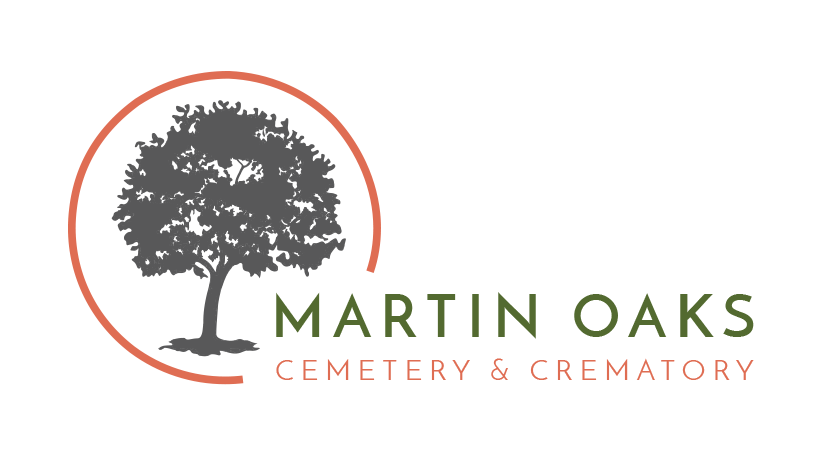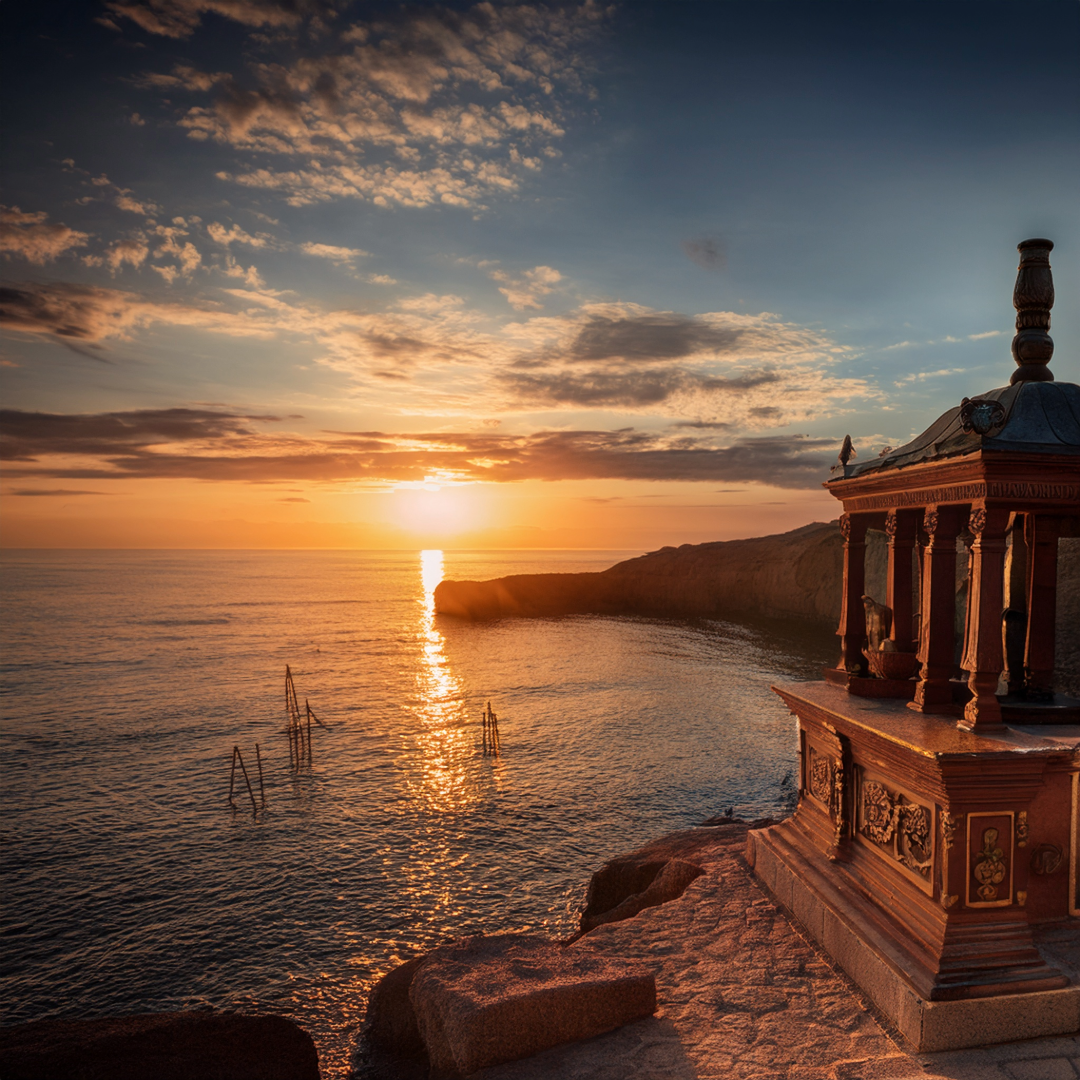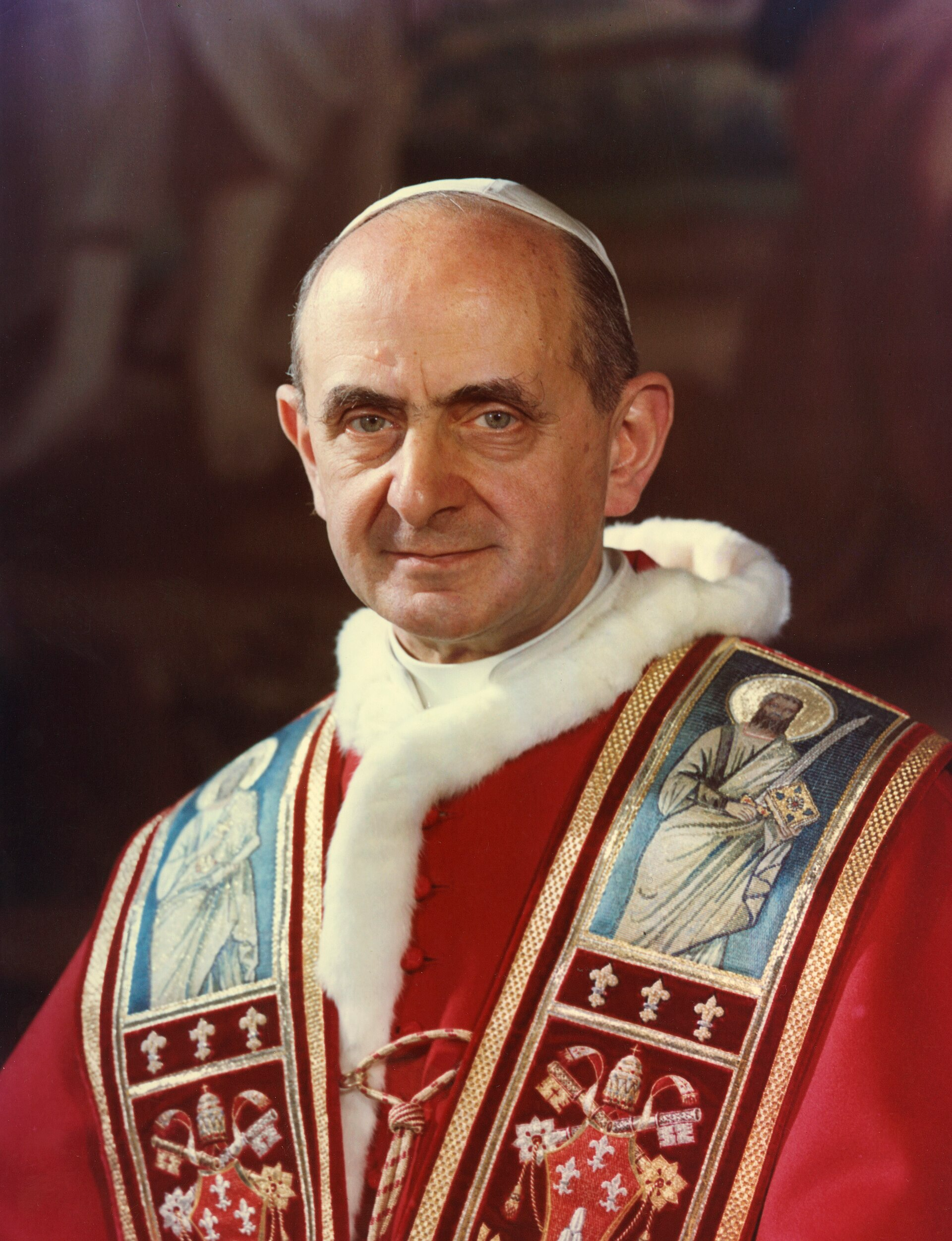From Ashes to Acceptance: A Brief History of Cremation in the Western World
Cremation, the process of reducing human remains to ashes through high heat, is widely accepted today across much of the Western world. But this wasn’t always the case. The journey of cremation from ancient acceptance, through centuries of religious rejection, to its modern resurgence is a fascinating one—deeply shaped by shifting cultural values and theological interpretations.
Ancient Acceptance and Roman Traditions
Cremation is an ancient practice, dating back at least to the Stone Age. By the time of the Roman Empire, it was a common method of body disposition for the elite and military dead. The Greeks also practiced cremation, seeing it as a dignified way to honor the deceased. To these ancient civilizations, cremation symbolized purification and the release of the soul.
However, with the rise of Christianity in the 4th century AD and its eventual dominance across Europe, cremation began to fall dramatically out of favor.
Christian Doctrine and the Decline of Cremation
Early Christians were heavily influenced by Jewish burial traditions, which emphasized the physical resurrection of the body. They believed that the body was a temple of the Holy Spirit and should be buried intact in the ground to await resurrection at the end of time. Cremation, therefore, was seen not only as a pagan custom but also as a denial of this core theological belief.
By the Middle Ages, cremation had been almost entirely stamped out in Christian Europe. In fact, cremation was sometimes used as a punishment for heretics and enemies of the Church, reinforcing its association with shame and spiritual damnation.=
The Victorian Revival: Science, Sanitation, and Social Reform
It wasn’t until the 19th century—amidst the Enlightenment, scientific advancement, and changing attitudes toward death—that cremation reemerged in the Western world. Concerns about overcrowded cemeteries, sanitation, and public health made cremation a more appealing and practical option.
In 1878, the first modern crematory in the Western world opened in Woking, England. That same year, a second crematory was established in Gotha, Germany. These two nations—both predominantly Protestant—provided a more fertile environment for cremation’s return. Protestantism, with its emphasis on individual conscience and a more symbolic interpretation of bodily resurrection, offered fewer theological barriers to cremation than Catholicism did.
In fact, the Roman Catholic Church formally forbade cremation until 1963, when Pope Paul VI lifted the ban, provided the act was not chosen in denial of resurrection or Church teaching. Even today, the Church prefers burial, though cremation is now permitted under specific guidelines.
Crossing the Atlantic: Cremation in North America
North America soon followed Europe’s lead. The first crematory on the continent opened in 1876 in Washington, Pennsylvania, initiated by Dr. Francis Julius LeMoyne. Like his European counterparts, LeMoyne was driven by hygienic concerns and a belief in the rational, scientific benefits of cremation. Though controversial at the time, the idea slowly gained traction.
By the early 20th century, crematories began appearing in major urban centers across North America. Yet, acceptance remained gradual—especially in regions with a strong Catholic presence.
A New Era of Final Farewells
Today, cremation has become the preferred method of disposition for the majority of people in most Western countries, including the United States and Canada. This shift reflects broader changes in cultural attitudes, religious beliefs, environmental awareness, and economic considerations.
From its ancient roots, through centuries of suppression, to its contemporary resurgence, the story of cremation in the Western world is deeply intertwined with religious transformation and societal evolution. As more families seek personalized, meaningful, and environmentally conscious memorials, cremation continues to reshape how we honor life and legacy.


